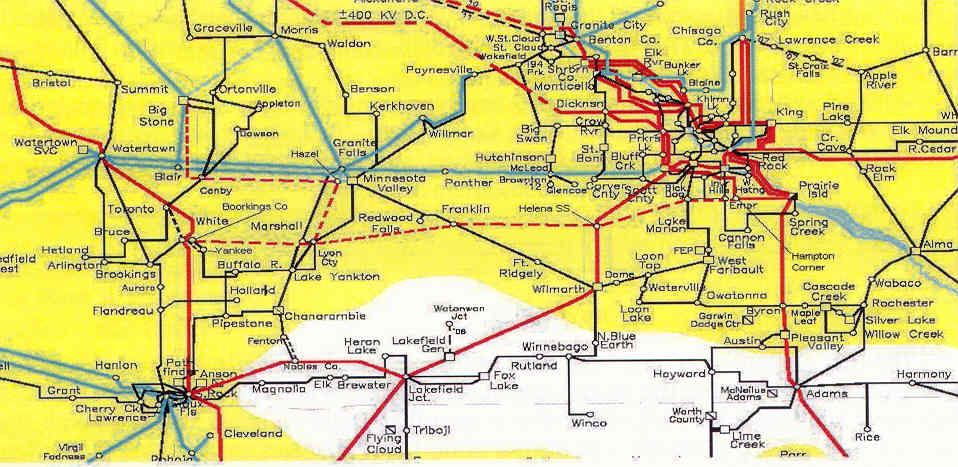Outland “transmission for wind” NOT
December 26th, 2007
Hmmmmm… Outland Renewable Energy proposes another “it’s for wind line” NOT… what does this mean? Do I detect trajectory?
Otter Tail Power’s Big Stone II coal plant is floundering, and the transmission for that project is pending at the Minnesota PUC, transmission that necessarily must connect to CapX 2020’s “it’s for wind” NOT line:
- “Outland Renewable Energy” proposes an “It’s for wind” line…
- It’s a regular ol’ corporation, and does not have the power of eminent domain.
- FERC regulations prohibit any transmission provider to discriminate against generators, generation types, etc., wind, coal, nuclear, whatever… An “It’s for wind” line can’t be done. Legally it must transmit whatever is out there…
- oh… and a google reveals that Ingrid Bjorklund, V.P. of Governmental Affiars and Associate General Counsel for Outland, is also an Ottertail Power lobbyist. She has since filed a termination notice for Otter Tail, hmmmmm.
Oh… OK… sigh…
Here’s their Press Release that was picked up verbatim by Shakopee Valley News and North American Windpower (Finance & Commerce did a bit better, bit it’s not online yet, rumor has it that F&C will be online soon) and probably others who didn’t put any thought into whether this is possible, legal, or just PR hype from toadies of coal hedging their bets as the transmission line that BSII depends on hangs in limbo…
OUTLAND ANNOUNCES PLANS FOR A COMMUNITY-WIND POWER LINE
December 21, 2007 – Chaska, Minnesota

Leave a Reply